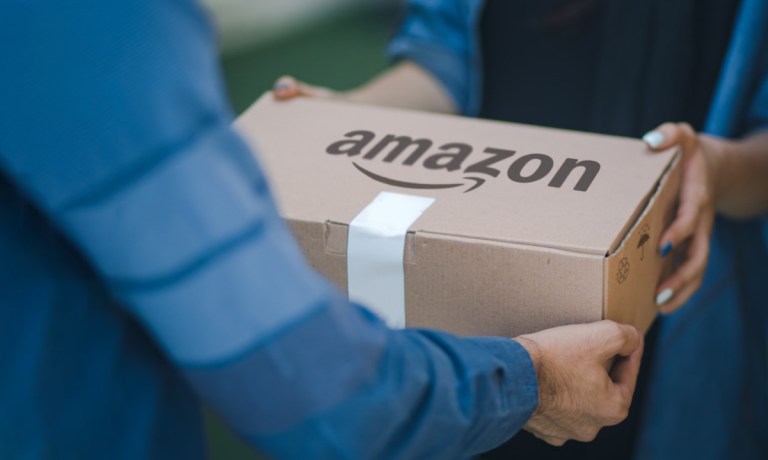Amazon Could be Held Responsible for Third-Party Products

Amazon could soon be responsible for third-party products on its website.
As The Wall Street Journal (WSJ) reported Thursday (Feb. 1), citing sources familiar with the matter, the U.S. Consumer Product Safety Commission is at work on an order that could classify Amazon’s online retail operations as a distributor of goods.
Such a designation, the report said, could place Amazon in the company of traditional retailers who are liable for the safety of the products they sell on their websites. It would also potentially make Amazon responsible for product recalls.
“Safety is important to Amazon and we want customers to shop with confidence in our store,” Amazon said in a statement provided to PYMNTS.
“We have proactive measures in place to prevent suspicious or non-compliant products from being listed and we monitor the products sold in our store for product safety concerns. When appropriate, we remove a product from the store, reach out to sellers, manufacturers, and government agencies for additional information, or take other actions.”
A company spokesperson added that Amazon’s safety and compliance controls cover all products sold in its store, first-party and third-party goods alike.
The Consumer Product Safety Commission in 2021 filed a complaint against Amazon, accusing the company of distributing unsafe third-party products through its logistics network.
Amazon responded by saying the commission did not have legal standing to bring the suit, arguing in a court filing that federal law does not permit the regulator to sue a company “if it is acting as a third-party logistics provider rather than a distributor.”
A judge sided with the commission and Amazon appealed, which — per the WSJ report — set up the commission’s forthcoming vote on the matter.
The WSJ report notes that Amazon has fought against being considered a distributor, as more than 60% of the sales on its site come from third-party sellers.
And while the company has said it invests in product safety — for example, it last year set up a dedicated page for safety alerts and recalls — it has also contended that it is only a platform for third-party sellers and their customers, and is thus not responsible for the quality and safety of those vendors’ goods.
Amazon’s practices as they relate to third-party sellers have caught the attention of the federal government before. In November, the Federal Trade Commission sued the retailer, alleging — among other things — that Amazon required sellers to use its logistics and delivery services under the Prime feature, potentially hindering competition and raising seller fees.
Meanwhile, PYMNTS wrote last fall about the importance of third-party sellers to both Amazon and rival Walmart, and both companies’ use of artificial intelligence (AI) to woo those vendors.
For example, Amazon Ads in late October debuted a generative AI solution, aimed at equipping advertisers to improve their ad campaigns and produce more engaging content through an image-generation tool.
“As an example, consider an advertiser who may possess isolated product images, like a toaster, set against a plain white background,” the report said. “Yet, when this same toaster is incorporated into a lifestyle setting, such as positioned on a kitchen counter alongside a croissant, Amazon said click-through rates can surge as much as 40% when compared to ads featuring conventional product images.”
For all PYMNTS retail coverage, subscribe to the daily Retail Newsletter.